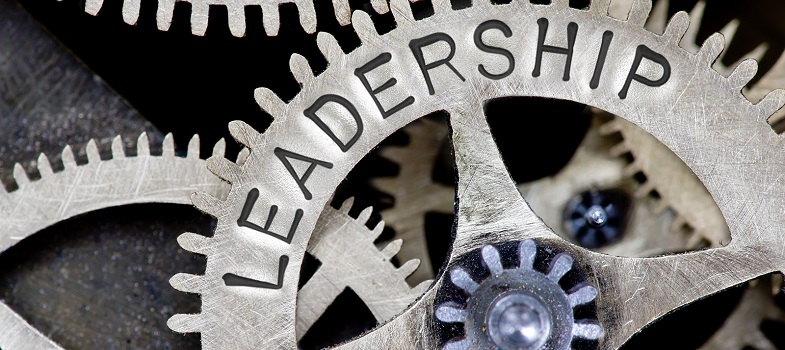Unit 1: Leadership skills required for safeguarding
1.6 The issue of leadership in safeguarding
The last two decades have seen many high-profile safeguarding scandals affecting aid agencies, where those in leadership positions have perpetrated sexual exploitation, abuse and harassment (SEAH) on beneficiaries and staff.
Numerous parliamentary, external and internal enquiries have followed, which have highlighted how leaders of these organisations publicly had to apologise and/or resign from their positions for their failing to prevent, report or respond appropriately to safeguarding concerns.
Reports on a number of failings by major charities (mainly in the Northern Hemisphere) have pointed to some of the main issues. These short extracts below, from UK-based organisations, illustrate just a few of them:
“The Inquiry also heard from one member of staff that ‘it was enormously challenging to win management time’ and that staff raised almost every criticism to our leaders directly and repeatedly and they were consistently ignored until there was a bottom line - for me, this is what it means ‘not to prioritise’ Safeguarding and PSEA.” (Oxfam Inquiry, Charity Commission Report, 2019, para 20)
Source: Statement of the Results of an Inquiry: Oxfam
“This case demonstrates the damage that can be done when a charity’s internal culture and leadership behaviours appear to be at odds with the high ideals of its mission…
While the Inquiry accepts that the charity’s leadership was motivated by what they saw as correcting inaccuracies and protecting the charity’s reputation, their actions at the time created the impression, both to those who had raised concerns and to the Charity Commission, that the charity was seeking to downplay the seriousness of the allegations and was not dealing responsibly and openly with the issues.” (Save the Children Inquiry, 2020, pp. 21-31)
Source: Statement of the Results of an Inquiry: The Save the Children Fund (Save the Children U)
While these events have generated a lot of activity in the sector and commitments to improve safeguarding processes and practices, more recent reports suggest that despite these efforts the issue remains a deeply entrenched one and more progress still needs to be made.
“Although aid organisations have taken many welcome steps to raise awareness and combat sexual exploitation and abuse, the changes have focused on strengthening weak practices and policy development rather than transforming the power dynamics and enabling culture that have been embedded in the aid sector.” (www.parliament.uk, 2021, para 20)
Source: Progress on tackling the sexual exploitation and abuse of aid beneficiaries
This course is an opportunity for those in leadership positions to think about how to transform those power dynamics and how a culture that allowed harmful practices was allowed to prevail in the first place.
|
Activity 1.1 Learning from the past From your knowledge of the sex scandals and reports of misconduct in aid agencies, what are the main failings in leadership that have been identified from the various inquiries? What lessons have been learnt or could be learnt for your own organisation? Record some notes in your learning journal |
![]()
Want to find out more?
For further examples, follow the links below:
